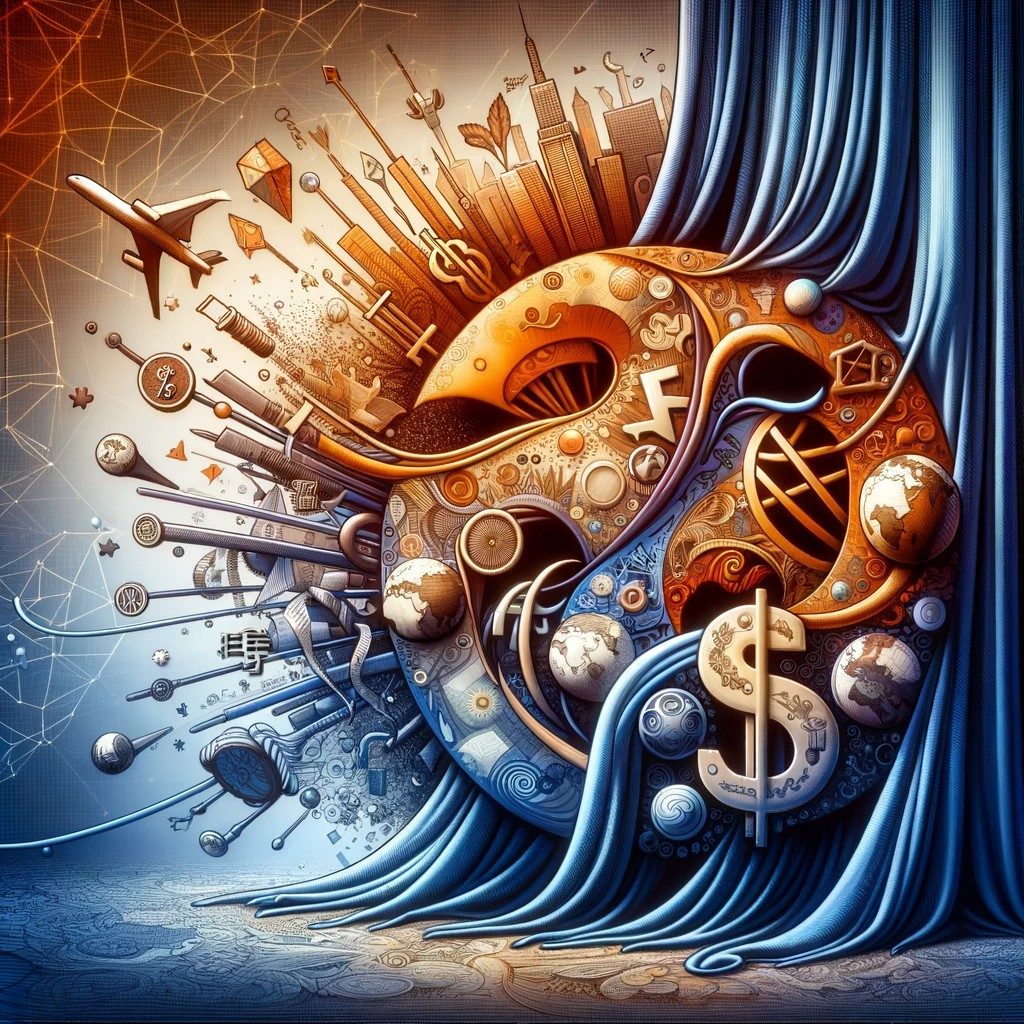The ongoing geopolitical chess game between the US-China has entered a new phase with Beijing’s latest maneuver – the ban on exporting rare earth processing technologies. This move, a clear response to the US-led restrictions on advanced computer chip sales to Chinese companies, escalates the already tense relations between the two superpowers. China’s dominance in the rare earth sector, crucial for clean energy and defense products, places it in a formidable position in the global resource and technology supply chain.
China’s Strategic Resource Control
China’s recent decision, announced by its Commerce Ministry, to prohibit the export of certain rare earth technologies represents a significant escalation in the ongoing US-China technological rivalry. This ban includes technologies used in rare earth extraction, separation, and specific rare earth magnets. The lack of an immediate explanation from Beijing adds a layer of complexity to the international community’s interpretation of this move.
The context is critical: China holds a commanding position in the rare earth supply chain, a sector integral to a myriad of industries, from clean energy to defense. With China accounting for about 60% of the world’s rare earth mining production and nearly 90% of processing and refining, its influence cannot be understated. This strategic resource control has long been a concern for policymakers in Washington and Brussels, wary of over-reliance on China for materials pivotal to clean technologies.
Implications and Global Response
The repercussions of China’s export ban are far-reaching, affecting not just the clean technology sector but also the broader geopolitical landscape. The US, under President Joe Biden, has expanded trade restrictions against China, targeting not only cutting-edge chip technology but also hindering Chinese battery and electric vehicle producers’ access to US subsidies. China’s countermeasures, seen as a response to these restrictions, highlight the deepening rift in US-China relations and underscore the complexities of global supply chains.
The International Energy Agency (IEA) forecasts a significant increase in global demand for rare earths, driven by the transition to cleaner energy and electric vehicles. However, the agency also notes the lengthy timeline typically required to develop mining projects, casting doubt on the West’s ability to quickly reduce dependence on Chinese critical mineral supplies.
In essence, the US-China dispute, now extending into the realm of rare earths, reflects a broader struggle for control over vital global resources and technologies. As both nations navigate this complex and ever-evolving landscape, the international community watches closely, recognizing the far-reaching implications of this new chapter in the US-China saga. The future of clean technology, global supply chains, and international relations hangs in the balance, hinged on the strategic decisions of these two global powerhouses.





